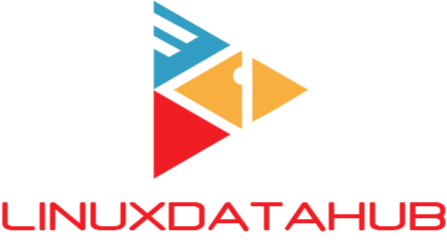In order to start Kubernetes tutorials, let's have an initial understanding, of what Kubernetes is. This section is meant only for freshers who have no knowledge of Kubernetes. If you are having a basic understanding of the topic, then this topic can be skipped. But there is no harm in continuing reading.
- Let's consider a hypothetical Bus station that charts buses for passengers, where we have a transport commissioner's office, and bus garage.
- During weekdays the number of passengers traveling outside of the town is less than the daily commuters who travel for short distances, but during weekends, the traffic trend is the opposite.
- For the bus station to chart buses efficiently, the transport controller's office needs to monitor the traffic trend and clerks in the office need to keep a tab on which buses are charted from the garage to different routes.
- So if there is an issue with the bus charted for outside of the town, the transport commissioner's office will allocate a new bus from the garage to that same route at the same time.
- When comparing the above scenario with a Kubernetes, the Transport controllers office is analogous to Kubernetes Master, the bus garage is the worker node, and bus routes charted are the different applications running on the Kubernetes cluster.
- Clerk in the transport commissioner's office will monitor for traffic trends and charts route for the buses. For scheduling applications in the worker node, the control node will monitor and ask the kube-scheduler to deploy an application, in the same way,
